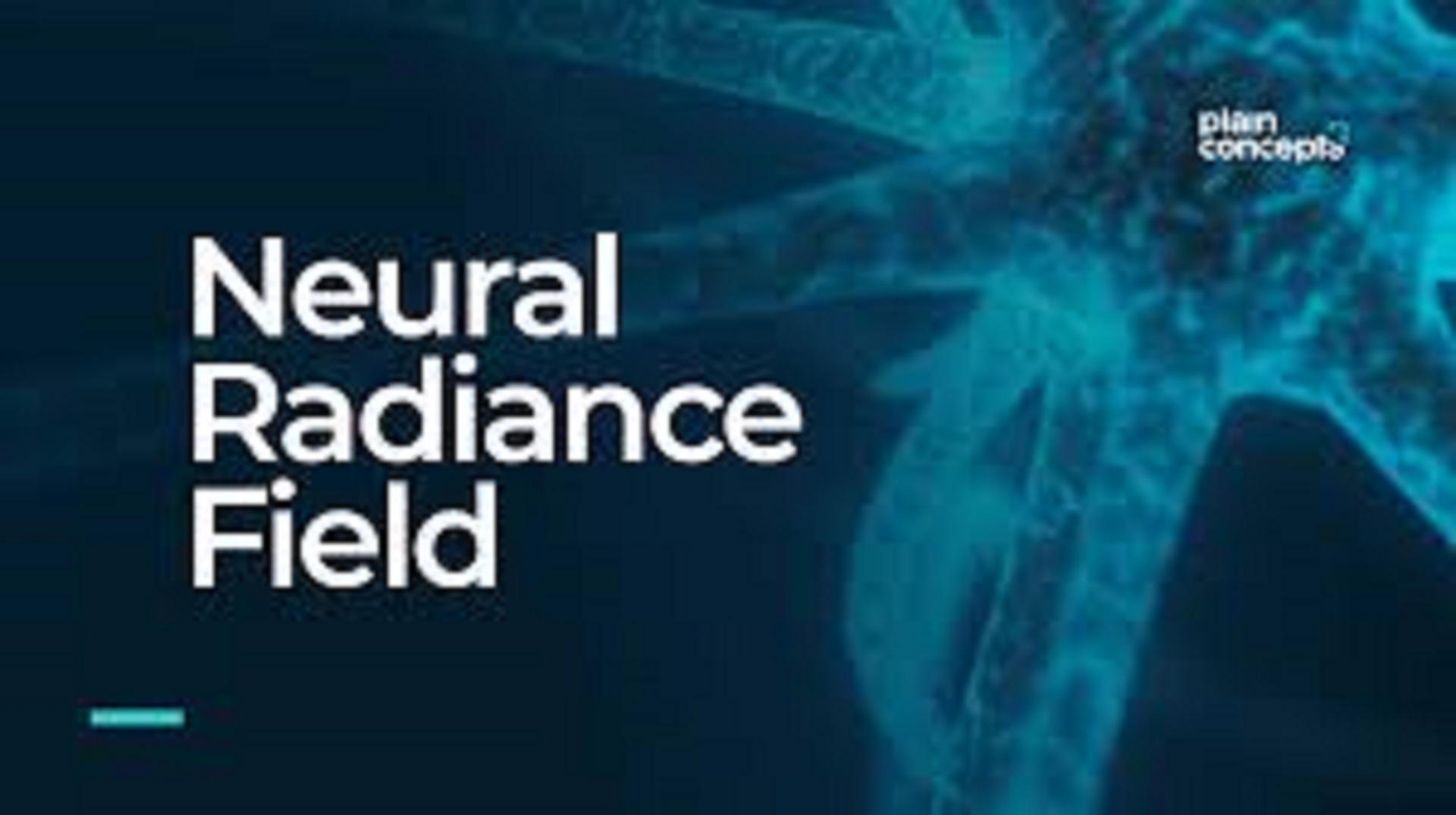
The NeRF technology can potentially create more real-life objects and landscapes, thereby promoting metaverse growth. NeRF technology is a new way to simulate real-world objects in computers.
What is a NeRF?
Neural Radiance Fields, or NeRF for short, is a term that encompasses a wealth of information. The term “radiance” here refers to light. Just as ray tracing reproduces the interplay of light and shadow, radiance fields achieve the same level of realism in a new way. A radiance field captures light from all angles and at every point in a simulation.
This allows you to fly a virtual camera through a NeRF and view realistic representations of people, objects, and environments as if you were physically present at that moment. As is the case with many computer-generated representations, the quality can vary. NeRFs generated quickly or with fewer source images may appear noisy, with the image possibly having tears. Nonetheless, the overall realism of the undamaged portion of the scene is exceptional.
Capturing Real-World Content for a NeRF
The first step involves capturing real-world content by photographing or recording a video from different angles in an environment or around an object. Sometimes, pre-recorded content, such as video captured from a drone, maybe more convenient. Additionally, it’s possible to use NeRF technology to recreate 3D game content.
To achieve optimal results, moving around the objects of interest slowly is best, capturing images or video from above, below, and in the middle. The images or video are then used by a NeRF creation application to train an artificial intelligence model. The AI model recreates virtual objects within a computer, phone, or VR headset.
NeRFs Now Fast and Easy
NeRF technology has been available for a while. Physicist Andrey Gershun initially introduced the idea of a light field in 1936. Neural processing has been more popular in response to many computer problems in recent years. To manage the complexity and near-unpredictability of the real world, neural processing is a prerequisite for AI advancements like picture and text production, computer vision, and speech recognition.
Neural rendering took a long time in the beginning. Displaying NeRFs is now rapid and simple due to the inclusion of specialized neural cores in central processors and graphics chips in PCs, mobile devices, and VR headsets. With its near-instantaneous NeRF training and picture compilation, Nvidia’s Instant-NGP delivers results immediately.
Using the Luma AI software, NeRFs may be captured and generated even on an iPhone. Google’s recent innovations have accelerated NeRF technology. Also, Meta’s NeRF research uses fewer pictures to provide a believable depiction.
Neural rendering is anticipated to play a big part in creating the virtual landscapes and objects that will populate the metaverse as NeRF technology develops and becomes more adaptable. This might eventually eliminate the need for VR headsets and AR glasses.
The featured image is taken from plainconcepts.com



